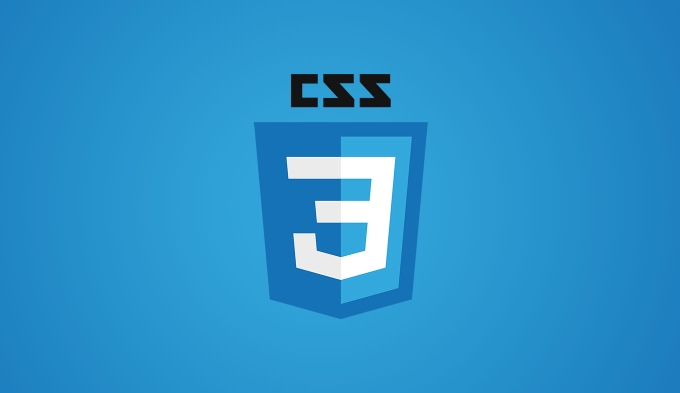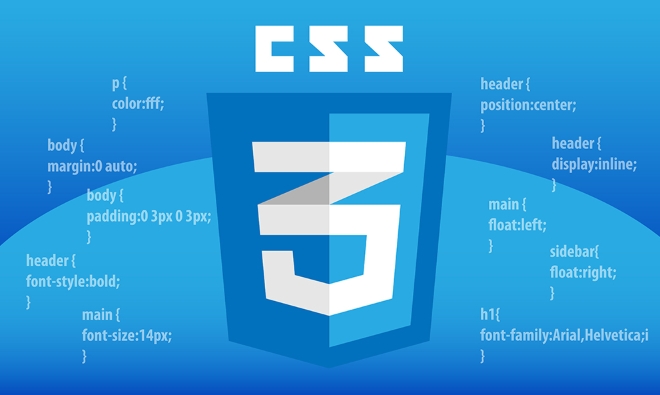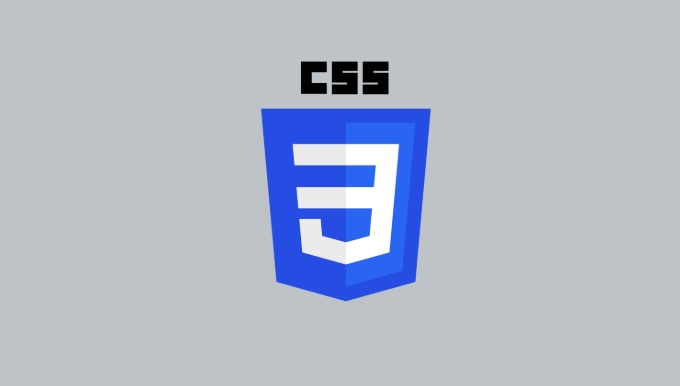Use the clip-path attribute of CSS to crop elements into custom shapes such as triangles, circular notches, polygons, etc. without relying on images or SVGs. Its advantages include: 1. Supports a variety of basic shapes such as circle, ellipse, polygon, etc.; 2. Responsive adjustment and adaptable to mobile terminals; 3. Easy to animation, and can be combined with hover or JavaScript to achieve dynamic effects; 4. It does not affect the layout flow, and only crops the display area. Common usages are such as circular clip-path: circle(50px at center) and triangle clip-path: polygon(50% 0%, 100% 100%, 0% 100%). Notes include: good compatibility but does not support old IE; complex shapes may affect performance; clip-path takes effect after transform and will not change with rotation and scaling. By dynamically modifying the clip-path value, interactive effects such as button expansion and card deformation can also be achieved.

To put it directly, the key point: Using the clip-path attribute of CSS, you can easily crop various custom shapes for elements, such as triangles, polygons, circular notches, etc., without relying on pictures or SVGs.

Why choose clip-path?
In web design, sometimes we need to make the image or background appear non-rectangular shapes. The common method used in the past was to use PNG images or SVG masks, but these methods are not flexible enough and are not easy to maintain. And clip-path provides a pure CSS solution, which:

- Supports multiple basic shapes (circle, ellipse, polygon, etc.)
- Can be responsively adjusted
- Easy to animate (although not all browsers support transitions)
- It does not affect the layout flow, it is just the "cropped" display part
How to write common shapes?
Circles and ellipses
clip-path: circle(50px at center); clip-path: ellipse(50px 30px at 20% 30%);
This type is suitable for making avatars, small icons, and other places where circular cropping is required. The parameters are the radius and the center point position respectively.
polygon polygon()
This is the most flexible and commonly used type, and can create various complex shapes such as triangles, trapezoids, and stars.

clip-path: polygon(50% 0%, 100% 100%, 0% 100%);
The above example will cut a rectangle into a triangle. The coordinates in brackets represent the positions of each vertex, and are connected in order to form a graph.
Tips: If you are not sure how to write coordinates, you can use some online tools to assist in the generation, such as Clippy .
A few notes in practical applications
- Compatibility : Mainstream browsers basically support it, but it is not compatible with the old version of IE. If the project needs to support IE, it is recommended to provide an alternative solution.
- Responsive processing : Using percentage units allows the cropping area to change with the container, suitable for mobile terminals.
- Performance Impact : Complex polygons may affect rendering performance, especially when testing with animations.
- Relationship with transform :
clip-pathtakes effect after element transformation, so if you use rotation, scaling and other effects, the crop area will not change as well.
How to create interesting interaction effects?
You can combine hover or JavaScript to dynamically change clip-path to achieve animation effects such as expansion and deformation.
For example, the effect of gradually displaying all content after hovering a button:
.button {
clip-path: polygon(0 0, 100% 0, 100% 30%, 0 30%);
transition: clip-path 0.3s ease;
}
.button:hover {
clip-path: polygon(0 0, 100% 0, 100% 100%, 0 100%);
}This will enable the visual effect of slowly "expanding" from a small strip, which is suitable for scenes such as cards, navigation menus, etc.
Basically that's it. Master the writing of several common shapes and add a little imagination, and you can use clip-path to create many interesting page effects.
The above is the detailed content of Creating custom shapes with css clip-path. For more information, please follow other related articles on the PHP Chinese website!

Hot AI Tools

Undress AI Tool
Undress images for free

Undresser.AI Undress
AI-powered app for creating realistic nude photos

AI Clothes Remover
Online AI tool for removing clothes from photos.

Clothoff.io
AI clothes remover

Video Face Swap
Swap faces in any video effortlessly with our completely free AI face swap tool!

Hot Article

Hot Tools

Notepad++7.3.1
Easy-to-use and free code editor

SublimeText3 Chinese version
Chinese version, very easy to use

Zend Studio 13.0.1
Powerful PHP integrated development environment

Dreamweaver CS6
Visual web development tools

SublimeText3 Mac version
God-level code editing software (SublimeText3)

Hot Topics
 What is 'render-blocking CSS'?
Jun 24, 2025 am 12:42 AM
What is 'render-blocking CSS'?
Jun 24, 2025 am 12:42 AM
CSS blocks page rendering because browsers view inline and external CSS as key resources by default, especially with imported stylesheets, header large amounts of inline CSS, and unoptimized media query styles. 1. Extract critical CSS and embed it into HTML; 2. Delay loading non-critical CSS through JavaScript; 3. Use media attributes to optimize loading such as print styles; 4. Compress and merge CSS to reduce requests. It is recommended to use tools to extract key CSS, combine rel="preload" asynchronous loading, and use media delayed loading reasonably to avoid excessive splitting and complex script control.
 External vs. Internal CSS: What's the Best Approach?
Jun 20, 2025 am 12:45 AM
External vs. Internal CSS: What's the Best Approach?
Jun 20, 2025 am 12:45 AM
ThebestapproachforCSSdependsontheproject'sspecificneeds.Forlargerprojects,externalCSSisbetterduetomaintainabilityandreusability;forsmallerprojectsorsingle-pageapplications,internalCSSmightbemoresuitable.It'scrucialtobalanceprojectsize,performanceneed
 Does my CSS must be on lower case?
Jun 19, 2025 am 12:29 AM
Does my CSS must be on lower case?
Jun 19, 2025 am 12:29 AM
No,CSSdoesnothavetobeinlowercase.However,usinglowercaseisrecommendedfor:1)Consistencyandreadability,2)Avoidingerrorsinrelatedtechnologies,3)Potentialperformancebenefits,and4)Improvedcollaborationwithinteams.
 CSS Case Sensitivity: Understanding What Matters
Jun 20, 2025 am 12:09 AM
CSS Case Sensitivity: Understanding What Matters
Jun 20, 2025 am 12:09 AM
CSSismostlycase-insensitive,butURLsandfontfamilynamesarecase-sensitive.1)Propertiesandvalueslikecolor:red;arenotcase-sensitive.2)URLsmustmatchtheserver'scase,e.g.,/images/Logo.png.3)Fontfamilynameslike'OpenSans'mustbeexact.
 What is Autoprefixer and how does it work?
Jul 02, 2025 am 01:15 AM
What is Autoprefixer and how does it work?
Jul 02, 2025 am 01:15 AM
Autoprefixer is a tool that automatically adds vendor prefixes to CSS attributes based on the target browser scope. 1. It solves the problem of manually maintaining prefixes with errors; 2. Work through the PostCSS plug-in form, parse CSS, analyze attributes that need to be prefixed, and generate code according to configuration; 3. The usage steps include installing plug-ins, setting browserslist, and enabling them in the build process; 4. Notes include not manually adding prefixes, keeping configuration updates, prefixes not all attributes, and it is recommended to use them with the preprocessor.
 What are CSS counters?
Jun 19, 2025 am 12:34 AM
What are CSS counters?
Jun 19, 2025 am 12:34 AM
CSScounterscanautomaticallynumbersectionsandlists.1)Usecounter-resettoinitialize,counter-incrementtoincrease,andcounter()orcounters()todisplayvalues.2)CombinewithJavaScriptfordynamiccontenttoensureaccurateupdates.
 CSS: When Does Case Matter (and When Doesn't)?
Jun 19, 2025 am 12:27 AM
CSS: When Does Case Matter (and When Doesn't)?
Jun 19, 2025 am 12:27 AM
In CSS, selector and attribute names are case-sensitive, while values, named colors, URLs, and custom attributes are case-sensitive. 1. The selector and attribute names are case-insensitive, such as background-color and background-Color are the same. 2. The hexadecimal color in the value is case-sensitive, but the named color is case-sensitive, such as red and Red is invalid. 3. URLs are case sensitive and may cause file loading problems. 4. Custom properties (variables) are case sensitive, and you need to pay attention to the consistency of case when using them.
 Case Sensitivity in CSS: Selectors, Properties, and Values Explained
Jun 19, 2025 am 12:38 AM
Case Sensitivity in CSS: Selectors, Properties, and Values Explained
Jun 19, 2025 am 12:38 AM
CSSselectorsandpropertynamesarecase-insensitive,whilevaluescanbecase-sensitivedependingoncontext.1)Selectorslike'div'and'DIV'areequivalent.2)Propertiessuchas'background-color'and'BACKGROUND-COLOR'aretreatedthesame.3)Valueslikecolornamesarecase-insens






